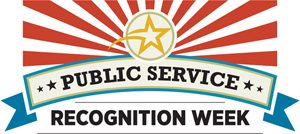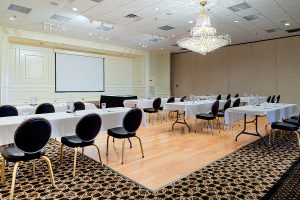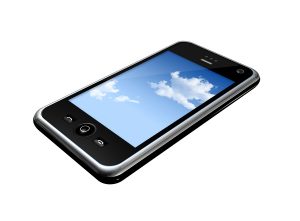
Each year the President and Congress designate the first full week of May as Public Service Recognition Week in honor of the men and women who serve America as federal, state, county and local government employees. We hope you will join GovEvents in celebrating our civilian and military public servants this year. Public Service Recognition Week highlights the accomplishments of the dedicated public servants who work tirelessly on behalf of all Americans and who rarely get the credit they deserve.
The Partnership for Public Service and the Public Employees Roundtable (PER) have developed a guide to help you observe Public Service Recognition Week, taking place May 7-13, 2017, in your communities. GovEvents would like to share that guide with our members and audience:
There are many ways to celebrate public servants in your community during Public Service Recognition Week (PSRW). Ideas range from sending letters to public employees to organizing a celebration showcasing the work of government agencies in your local area. To help you get started, we put together our top 10 celebration suggestions. For our full list of suggestions, please download the complete How to Celebrate PSRW Guide.
We hope this online toolkit will help you observe PSRW in a simple, fun, low-cost way while honoring public employees that work so diligently on our behalf every day. We've included resources to help facilitate your participation in PSRW whether you are from a government agency, Federal Executive Board (FEB), military base or school. In particular, these are ideas and tools to help you reach out to your community, educators and the media.
We invite individuals and organizations alike to participate in our PSRW White Board campaign. Start by downloading the White Board guide from the PSRW Resources in the right-hand column of this page. You can also find examples on our Facebook and Instagram pages.



 From time to time GovEvents will come across information we feel our members and audience would benefit from. Here's something we wanted to share:
From time to time GovEvents will come across information we feel our members and audience would benefit from. Here's something we wanted to share: From time to time GovEvents will come across information we feel our members and audience would benefit from. Here's something we wanted to share:
From time to time GovEvents will come across information we feel our members and audience would benefit from. Here's something we wanted to share:


